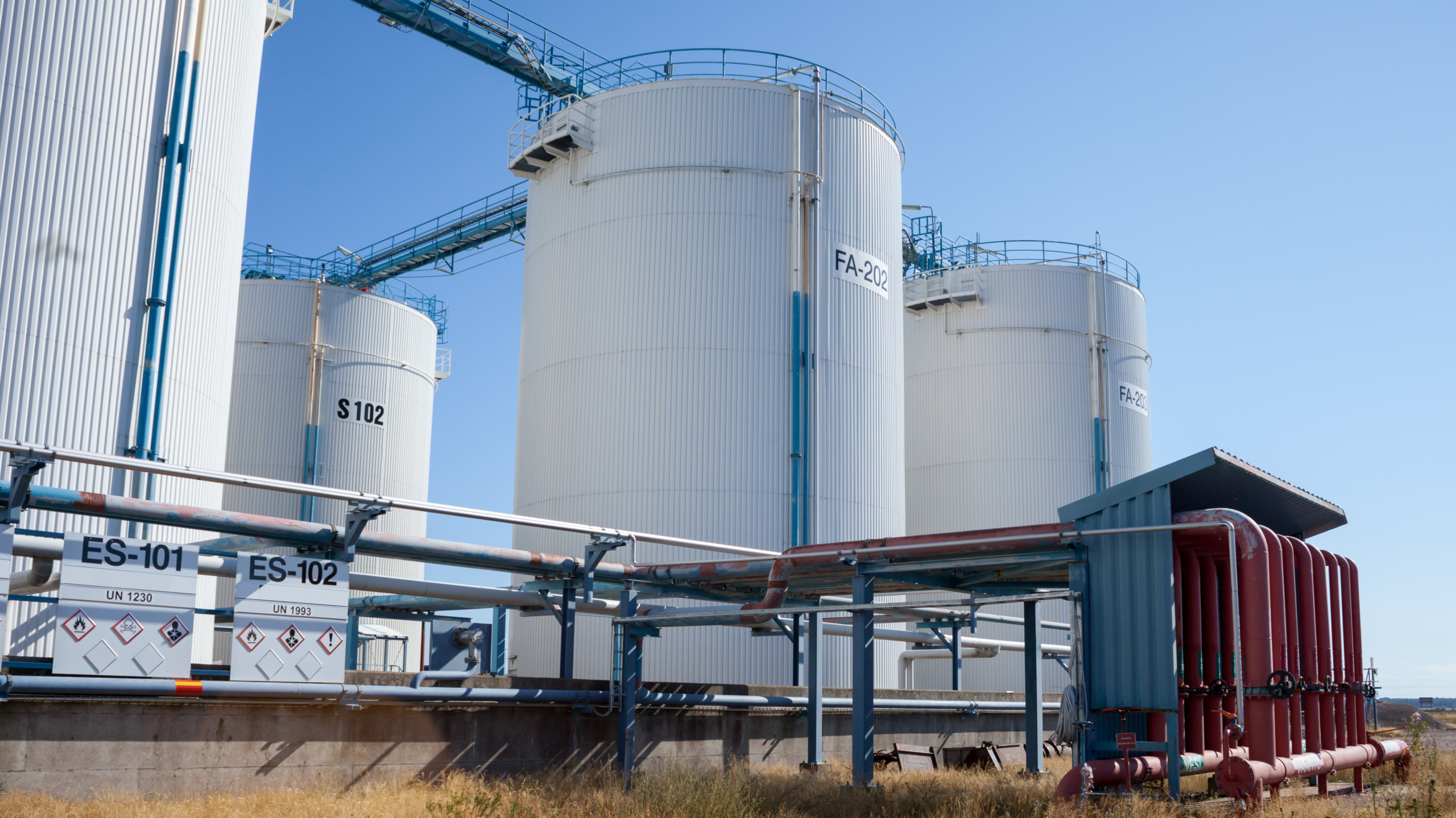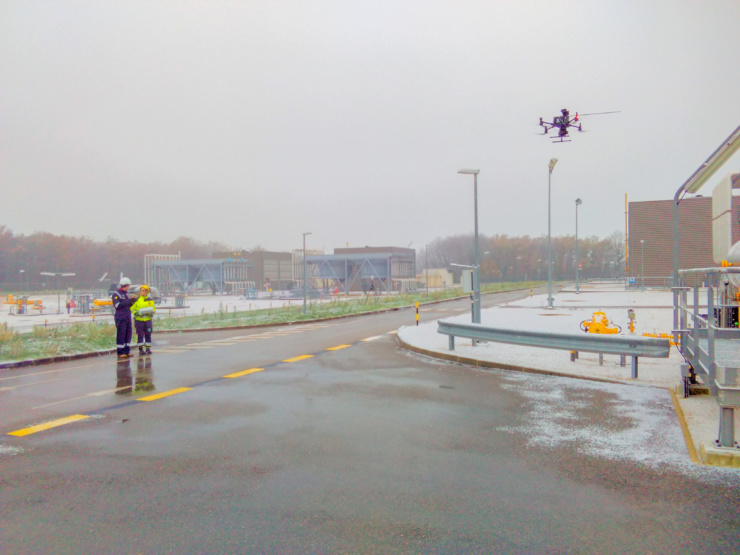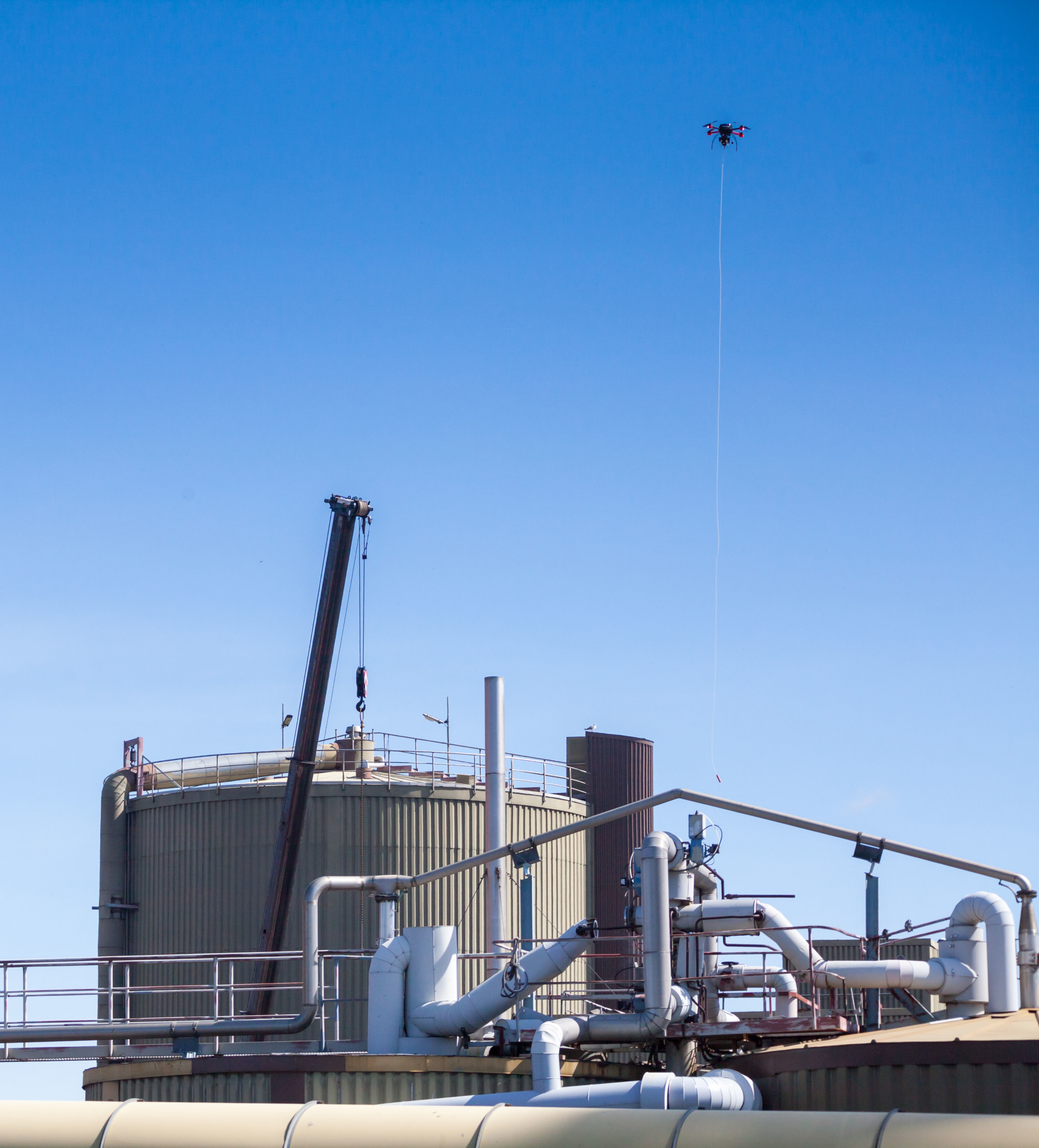
Helping You Meet the OGMP 2.0 Reporting Guidelines
New to OGMP 2.0? We're here to help
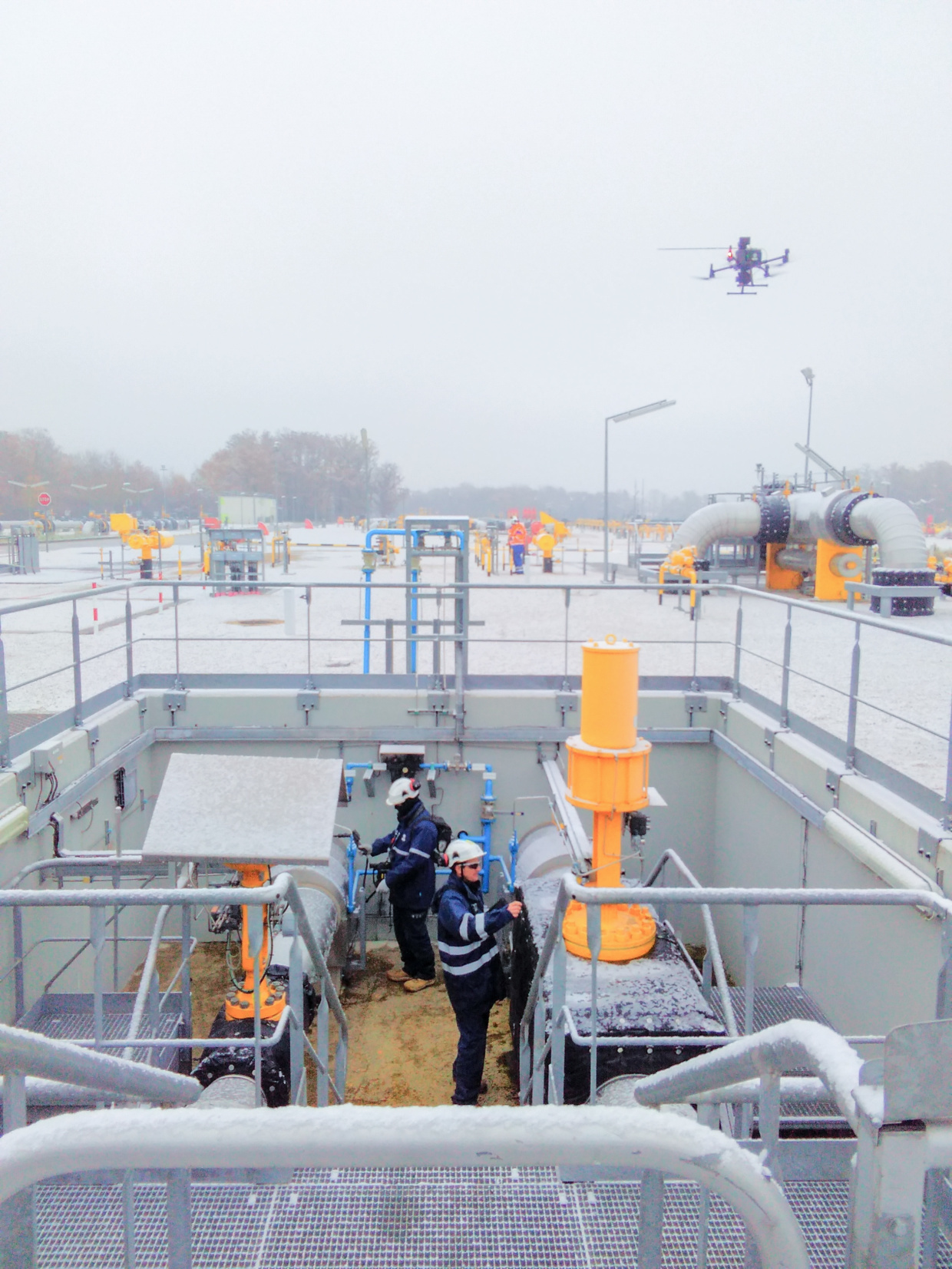
What is OGMP 2.0?
The Oil & Gas Methane Partnership 2.0 (OGMP 2.0) is a comprehensive, measurement-based reporting framework for the oil and gas industry. It improves the accuracy and transparency of methane emissions reporting from organisations in the oil and gas sector.
Over 115 companies have committed to the OGMP 2.0 framework and joined the multi-stakeholder initiative launched by the United Nations Environment Programme (UNEP) and the Climate and Clean Air Coalition. Some of the largest energy companies, including BP, Eni, Equinor, Pemex, Repsol, Shell and TotalEnergies have joined the OGMP 2.0 initiative. This partnership also links regulators and civil society groups with the oil and gas industry. For instance, the European Commission is a non-company member of the OGMP and the OGMP 2.0 serves as the basis for the European Commission’s upcoming methane regulations.
In addition to major oil and gas production companies, OGMP 2.0 members also include the operators of natural gas transmission and distribution pipelines, gas storage facilities and LNG terminals. The gas leak detection and quantification set by the OGMP 2.0 incentivises the use of natural gas with the lowest possible methane emissions intensity.
What is required of OGMP companies?
Companies that join the OGMP must adhere to the framework’s requirements in their annual reporting following the set timeline. In the OGMP 2.0, member companies must report all material sources of methane from both operating and non-operating assets across all segments of their value chains.
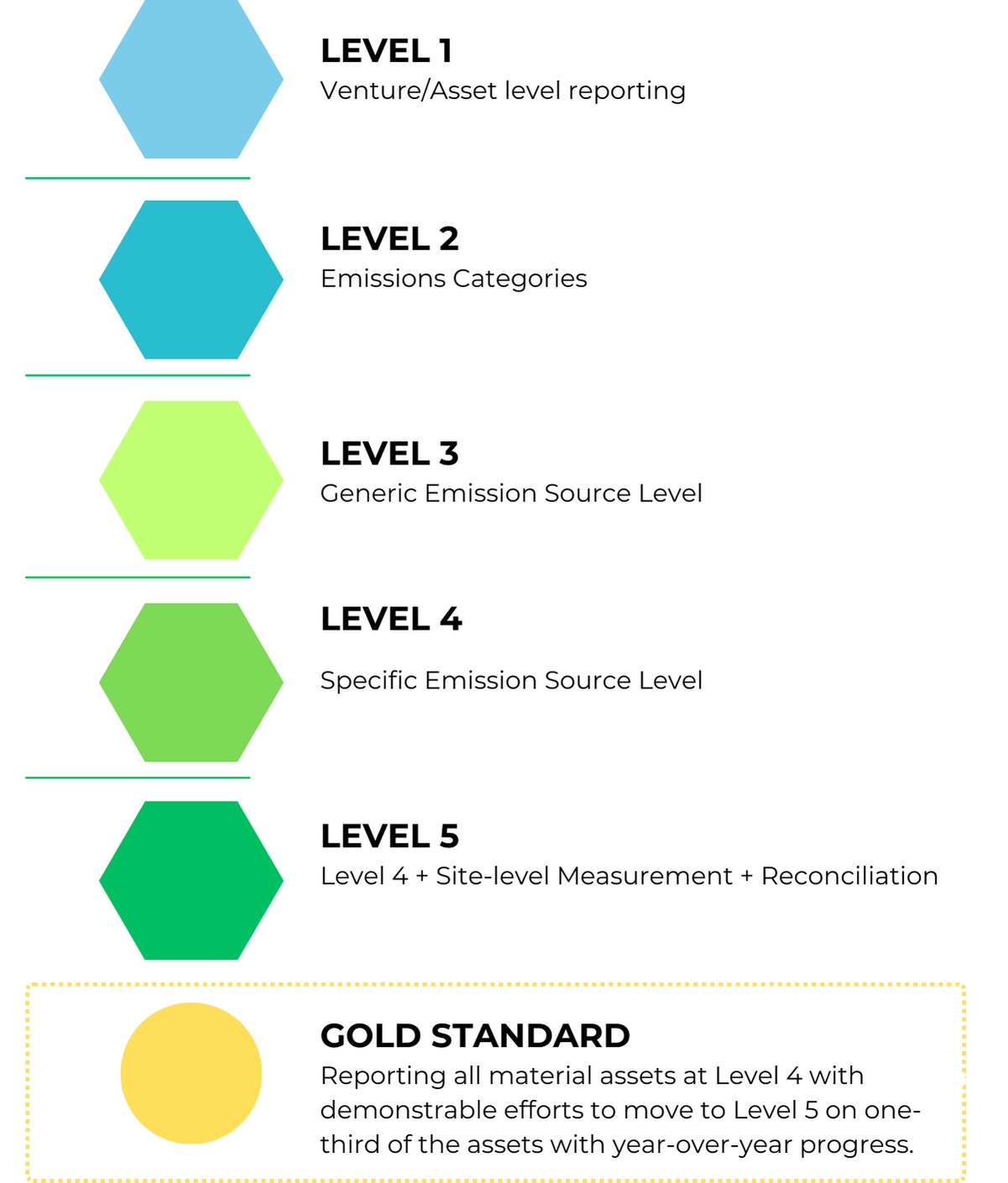
What are the different reporting levels?
Level 1
Emissions at this level may be reported as a single consolidated number for one asset or a group of assets within a country or region, and they are not allocated to individual categories or source types. Emissions reported at this level can be quantified using high-level standard factors .
Level 2
Level 2 brings additional detail for major source categories based on IOGP and Marcogaz emissions categories. Quantification based on generic emissions factors.
Level 3
Level 3 includes estimation of asset-level emissions for all sources through use of generic, but source-level emission factors.
Level 4
Level 4 reporting may include use of source-level measurement and sampling for establishing specific emission factors (EFs) and activity factors for estimating the emissions. Other methods for source type specific quantification may be used where appropriate.
Level 5
In addition to Level 4 requirements, Level 5 includes complementary site-level measurements. Site-level and source-level results are compared in the reconciliation process to help improve accuracy, thoroughness and confidence in the reported emissions.
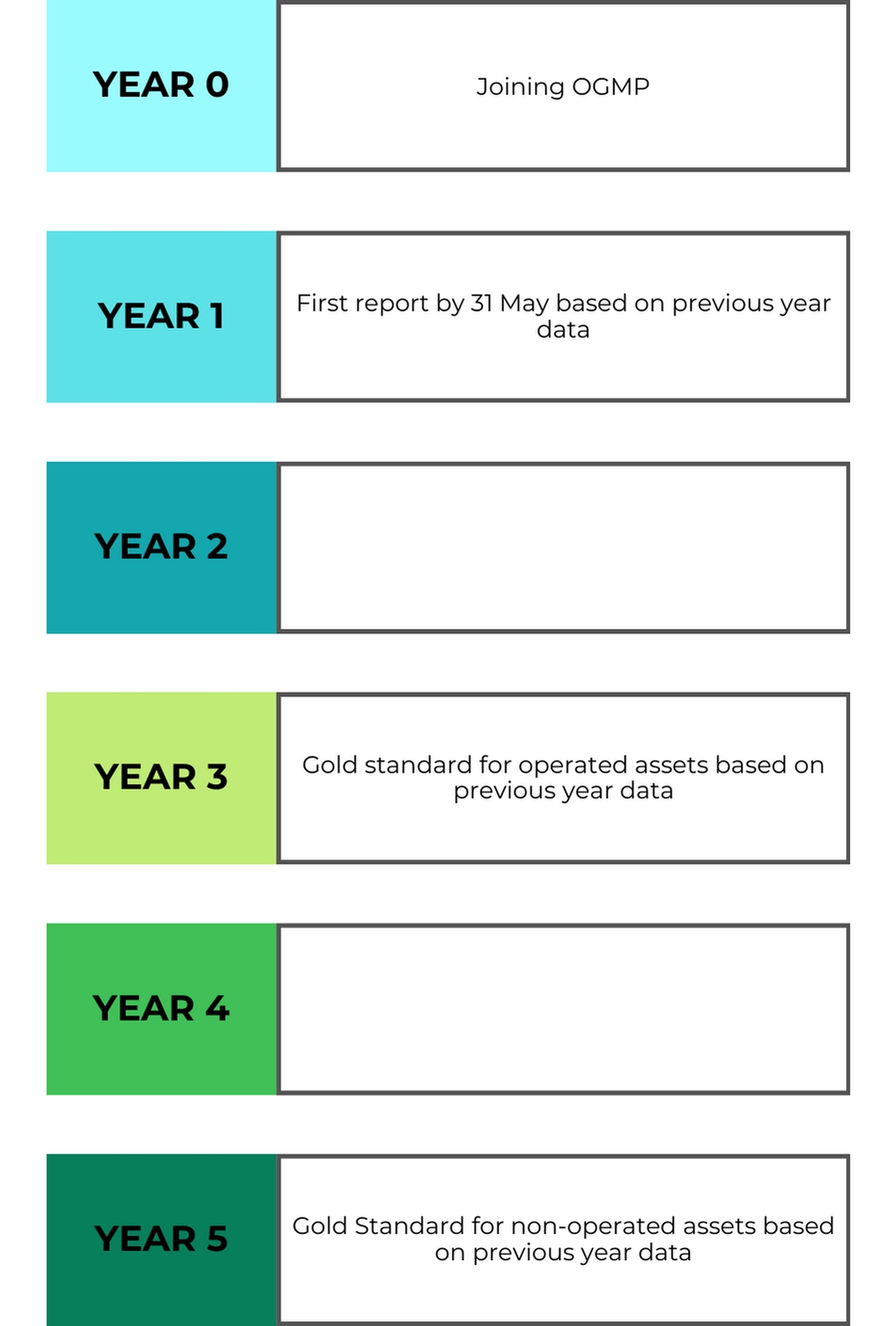
Reporting timeline
The Reporting Framework encourages member and potential member companies to adopt the ‘Gold Standard’ of methane emissions reporting. This involves a timeline for meeting reporting requirements, allowing companies to report emissions data of lower accuracy for a specific period (3 years for operated assets and 5 years for non-operated assets). Even with lower accuracy, companies can still be considered at The Gold Standard if they present a credible multi-year plan to achieve the highest reporting levels within the designated timeline.
The timeline aims to balance the imperative of meeting methane emission reduction goals aligned with the Paris Agreement while recognizing the challenges of inducing change in large and complex member companies. The provided schedule outlines the phased application of the Reporting Framework over the years, illustrating the expected progress in reporting quality.
Member companies are expected to submit an implementation plan to the OGMP, outlining their credible path to achieving the gold standard.

Reconciliation
Reconciliation refers to the process of aligning sets of data from source-level (Level 4) inventories and independent site-level measurements for Level 5 emissions estimates. Process is conducted to ensure consistency and accuracy and to improve confidence in reported emissions. The reconciliation process typically involves comparing the measurement datasets with other sources, such as relevant process data.
Reconciliation is an iterative annual process of investigation and should not be considered a one-off comparison between two independent values.
We conduct the reconciliation process following the guidelines set by OGMP 2.0 framework.

Why Choose Aeromon to Assist on the Road to Gold Standard Reporting
We are the pioneers in fugitive emission monitoring and have experience in helping several customers on their path towards OGMP 2.0 Level 5 reporting.
Working together with our clients and partner network, we have experience in conducting the Level 5 Site-level measurements and reconciling the results with Level 4 measurement data.
Comparative testing has been done in multiple projects including one provided by the European Gas Research Group, GERG; these blind control release tests were created to compare different technologies and their capabilities to detect and quantify diffuse methane emissions and to finally give insight into the OGMP 2.0 and Gold Standard reporting. During the two-phase project, site level (top-down) methods were compared against results from source level (bottom-up) methods.
In the first phase, our method outperformed all other drone-based approaches and was chosen to continue to the second phase, the results of which are to be announced. These and more than 200 other control release tests have helped us to improve our technological methods, as well as helped us improve our technological expertise, as well as refine our methods and understanding of how the surroundings affect the hyperlocal wind conditions.
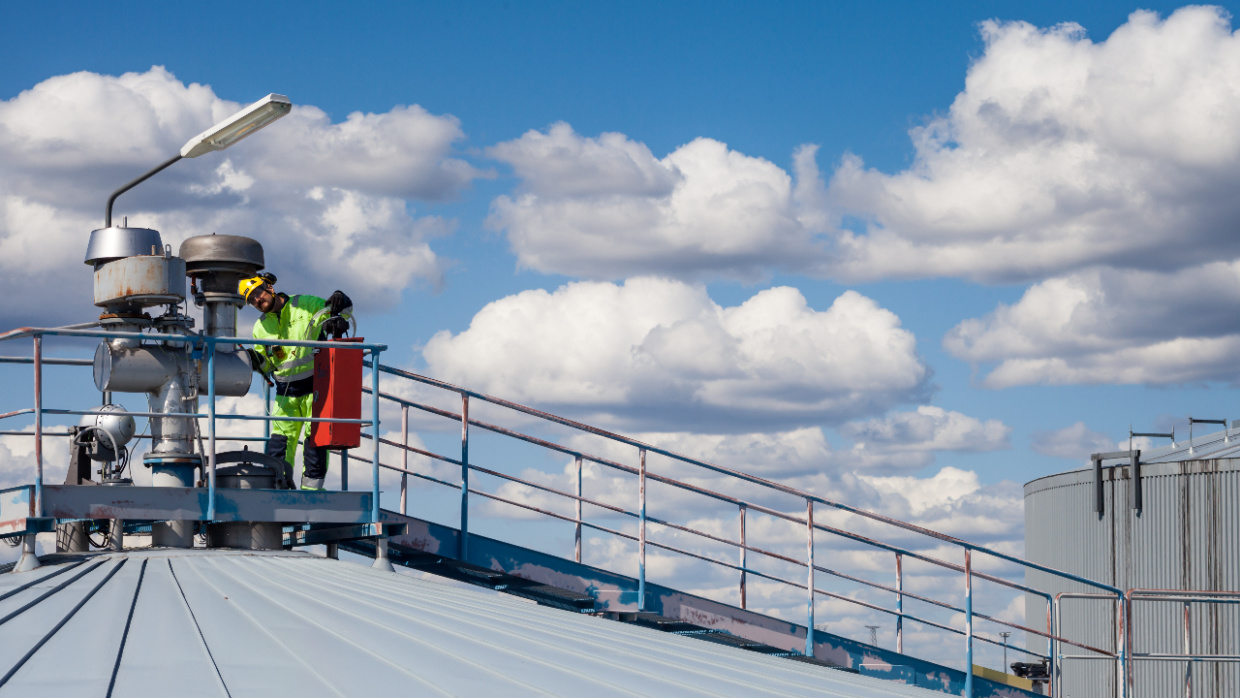
OGMP 2.0 Guidance for Level 5 reporting
- Site-level measurements must be conducted independently, using methods different from those used for source-level inventory, altough one may be informed of the approach of the other.
- Reported emissions must be comprehensive to ensure significant sources are not overlooked in the source-level inventory. Asset-level estimates should account for rare but substantial emission events.
- The assessment should incorporate uncertainty for both source-level estimates and site-level measurements.
- Operators should understand the time variability/status of operations during site-level measurements (transient, variable, intermittent, or steady state) to aid interpretation.
- The variability/status of operations should be characterized in both source-level estimates and site-level measurements, capturing significant intermittent emissions. This may involve frequent measurements, equipment-specific monitoring, or other suitable approaches.
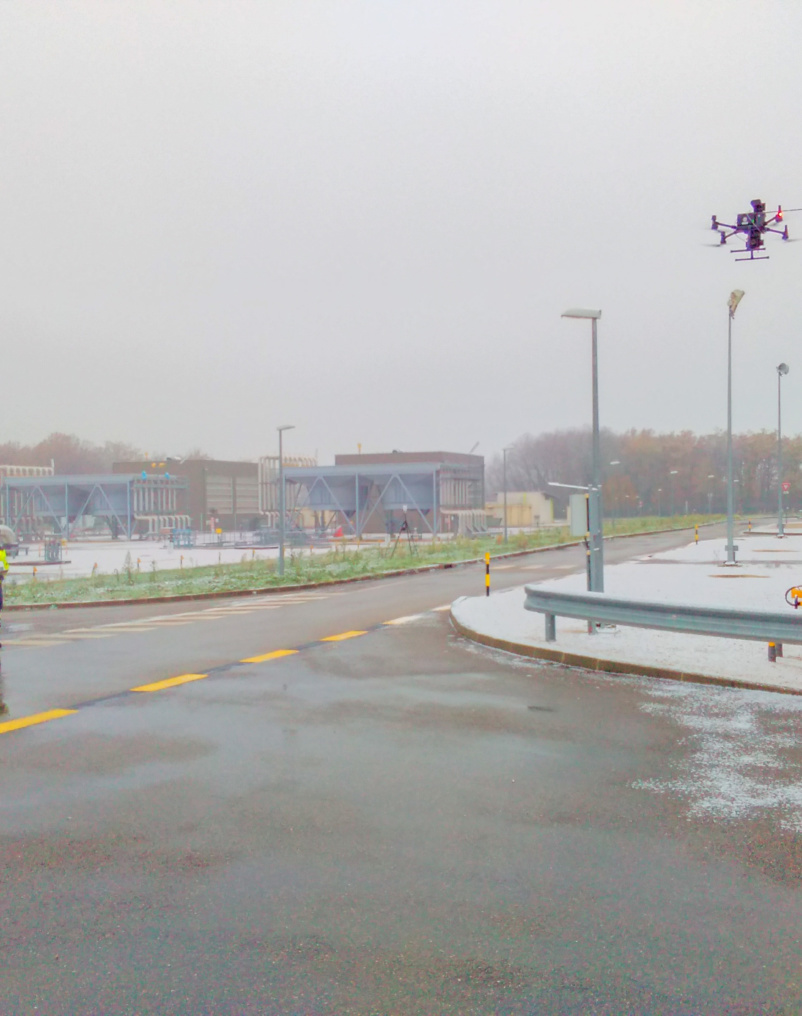
"From the report Aeromon gave us, we learned more about factors that may affect the measurement and reconciliation results."
